Author: Peter Schöllauf
Translation: DeepTech TechFlow
Monad Ecosystem
As the Monad blockchain has not yet launched on the mainnet, its ecosystem is still developing. As of February 2024, there are already more than 80 independent protocols and dApps committed to building on the protocol. With the mainnet launch approaching, it is expected that this number will reach close to 150 or 200.
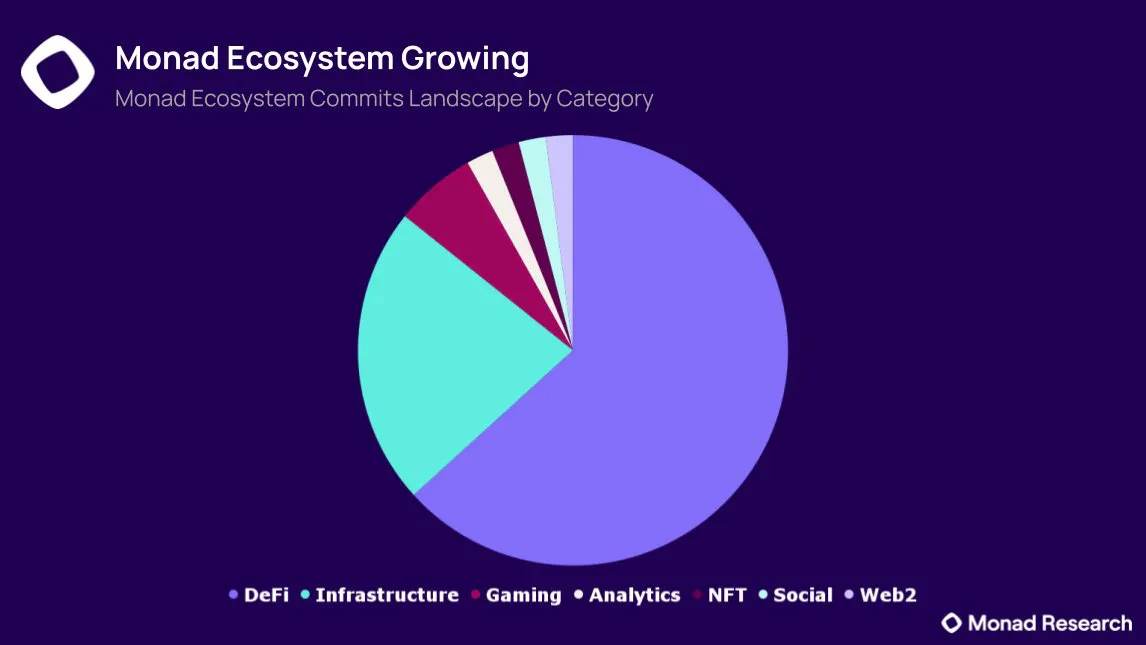
One of the earliest important participants to integrate with Monad is LayerZero, a leading protocol in the industry aimed at achieving cross-platform messaging and cross-chain interoperability of various chain and system types. The integration of LayerZero with Monad will allow seamless interconnection with 50 to 60 (and growing) of the most well-known blockchains in the field.
Furthermore, the integration will allow data to be sent to Monad through LayerZero endpoints for purposes such as governance voting, invoking lending contracts, and arbitrary data exchange. This integration will also allow for the exchange of wrapped assets and native Gas tokens on Monad, with more practical tools connected to LayerZero set to be released in the coming months.
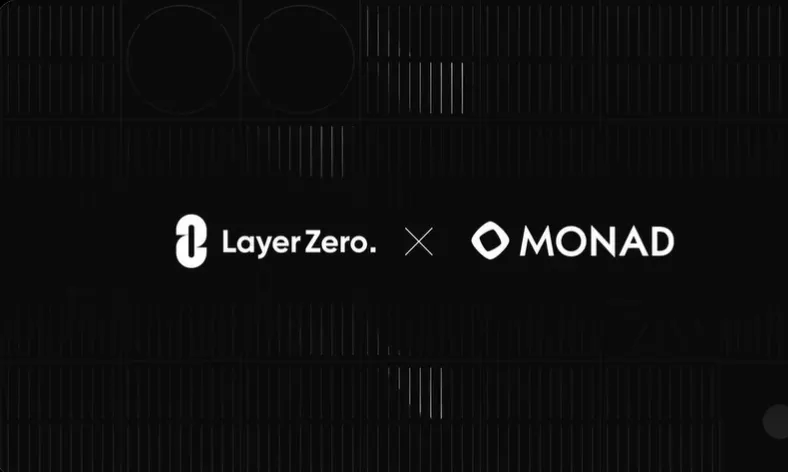
The Monad-LayerZero collaboration marks an important milestone for both projects, helping to address the challenges of cross-chain interoperability in the current blockchain landscape.
Significantly, Monad recently announced a partnership with Pyth Network. This will allow Pyth to use Monad's highly scalable low gas design to provide more reliable price data. Note that more frequent price feedback updates mean more accurate data, leading to more efficient DeFi.
Some other protocols being built on the network include:
- Orderly Network: a cross-chain liquidity layer and DEX frontend deployment platform
- Pike Finance: a cross-chain lending platform and decentralized currency market
- Switchboard Oracles: a decentralized Oracle network allowing verifiable randomness, functionality, and price feedback
In addition, Monad has recently welcomed several other projects to join its ecosystem, including Notifi Network (an infrastructure layer for notifications and customer engagement), Swaap Finance (a non-custodial interoperable market-making infrastructure), Catalyst (an interoperability protocol for cross-chain AMMs), Wombat Exchange (a multi-chain cross-chain one-sided DEX), TimeSwap Labs (an oracle-less lending protocol for creating ERC-20 currency markets), and Aori (a high-performance order book protocol).
Furthermore, projects such as Dyson Finance (a DEX allowing retail investors to seamlessly provide liquidity), Ambient Finance (a DEX for diversified stable liquidity), AIT Protocol (an AI data platform adopting a train-to-earn model), ACryptoS (a DEX, yield flow staking platform, and decentralized currency market), and Monadians (a project focusing on Monad NFT collections) have also recently collaborated with Monad.
Additionally, Monad recently announced its integration with the Wormhole cross-chain interoperability and bridging protocol to establish strong connections with multiple blockchains (such as Solana). The collaboration with Wormhole enables Monad to unlock cross-chain interoperability with multiple blockchains connected to the Wormhole ecosystem.
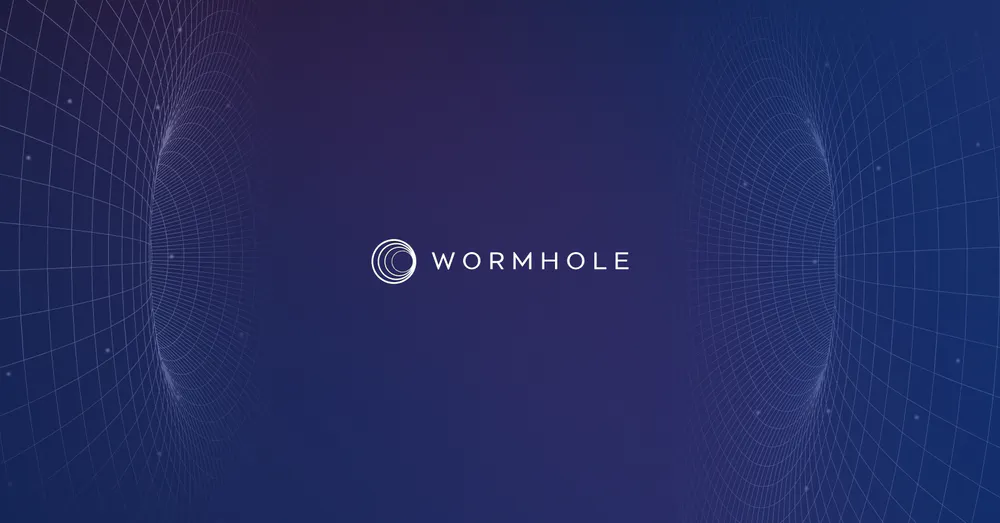
Roadmap and Future Plans
- February 2022: Monad established in New York City
- February 2023: Monad secured $19 million in funding from leading cryptocurrency venture capital firms
- September 2023: Monad documentation released, providing the first detailed introduction to the architecture of the Monad blockchain
- Second half of 2024: Monad testnet launch
- End of 2024 or early 2025: Monad mainnet launch
Although the protocol of Monad has not yet launched on the mainnet, its exact roadmap for the future is difficult to determine. Nevertheless, the platform is likely to launch its mainnet by the end of 2024, indicating that its direction will be clearer by then.

Comparative Analysis
Monad is a Layer 1 smart contract platform designed to be highly scalable. In fact, many speculate that it will be the most scalable platform released in the next 18 to 24 months, with its technology rivaling industry giants like Solana.
However, as a network with broad coverage like Solana, which demonstrates high total value locked (TVL) and a large user base, compared to a new platform like Monad that has not yet launched on the mainnet, it is undoubtedly a long road to real-world adoption.
One distinguishing feature of Monad from many other fast chains is its combination of parallel execution (similar to Aptos, Sui, Solana, etc.) with EVM compatibility. Aptos, Sui, Solana, etc. demonstrate parallel execution but are not compatible with Ethereum, meaning that porting their iterations to these networks will remain a continuous challenge.
Solana
According to many blockchain experts, Solana may be the most scalable blockchain currently in existence. However, Monad ultimately hopes to match or even surpass Solana in terms of network scalability and transaction throughput.
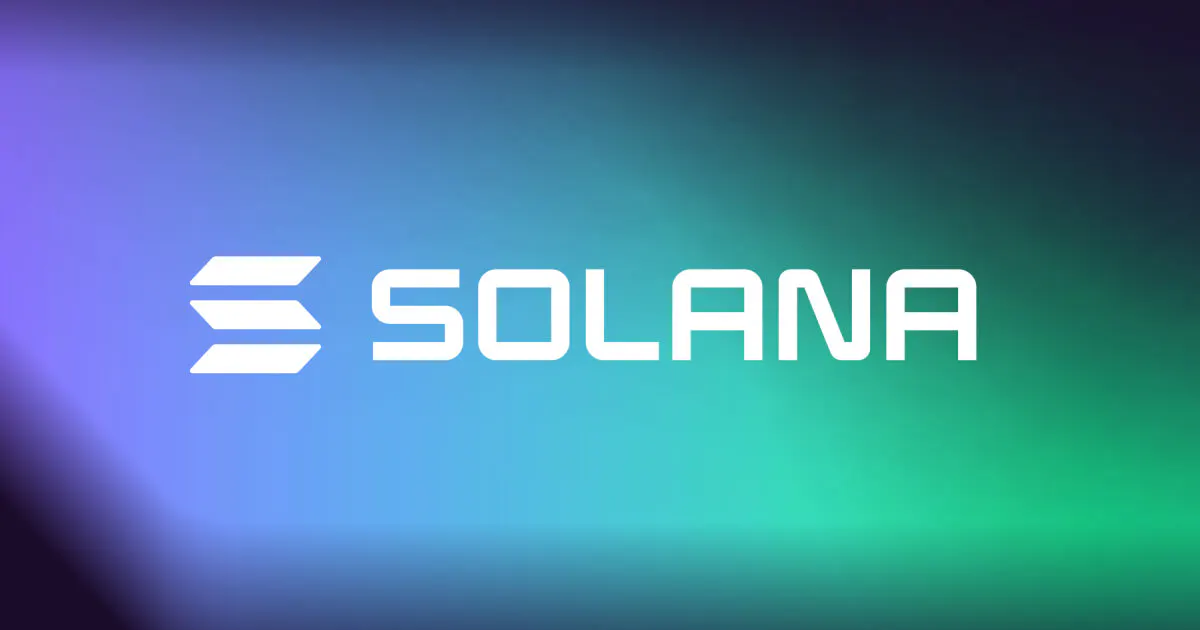
Many believe that Solana is a clear industry leader in speed and scalability, and it is also one of the most widely used platforms in the blockchain space. Nevertheless, many consider its design to be quite centralized compared to other platforms like Monad.
Solana utilizes a proof-of-stake (PoS) consensus mechanism called Tower BFT, which leverages an enhanced version of practical Byzantine fault tolerance (PBFT) combined with a clock-based timing mechanism called Proof of History (PoH) to reduce message transmission overhead and latency.
The platform also utilizes Sealevel, a parallel execution framework designed to continuously modify smart contracts to ensure their operation at ultra-high speeds.
Solana is capable of confirming blocks in 0.4 seconds and can scale to 65,000 transactions per second (TPS), with transaction costs typically only a fraction of a cent. Additionally, Solana is set to launch Firedancer, a dedicated validator setup infrastructure that some believe will enable the network to handle transactions of up to millions of TPS. However, this is yet to be observed.
One of Solana's major weaknesses is the lack of Ethereum Virtual Machine (EVM) compatibility, and developers cannot use Solidity to create Ethereum smart contracts. While Solidity development on Solana is not possible, it can support Ethereum dApps through the Wormhole bridge. Nevertheless, it is evident that Monad has a significant advantage in this regard, as it has a complete EVM framework.
Near
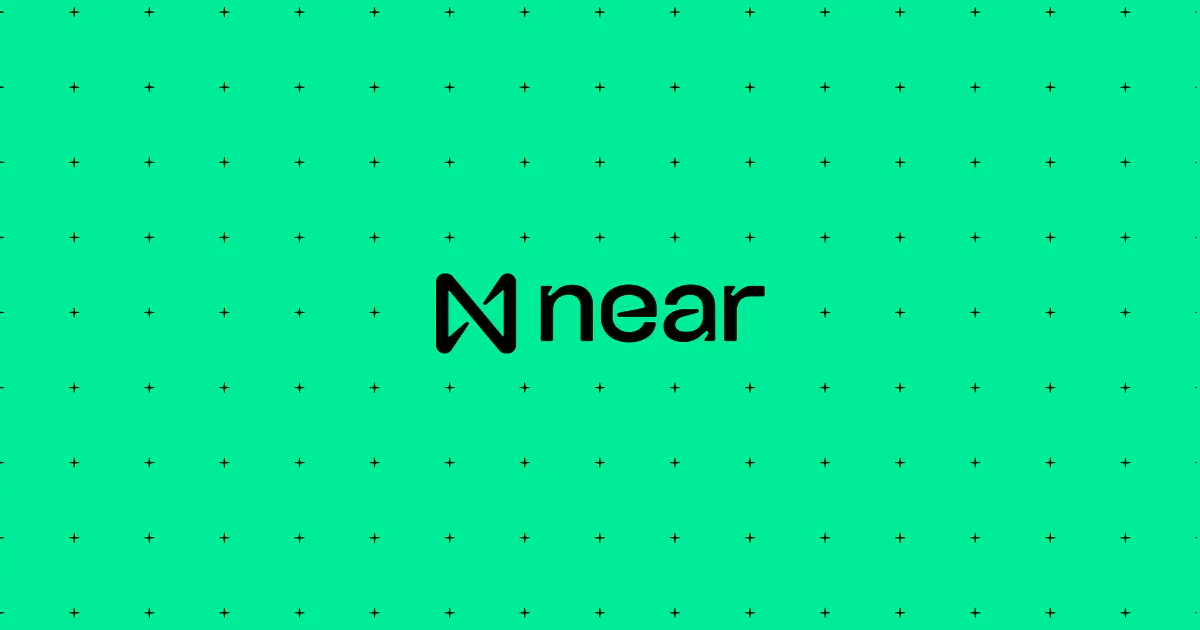
NEAR is considered by many to be one of the highest throughput chains in the blockchain space, with a finality time of 1 second and transaction costs lower than most competitors.
NEAR Protocol is a proof-of-stake (PoS) blockchain, conceptually a community-operated cloud computing platform. NEAR leverages sharding and other technological innovations to significantly increase the network's transaction throughput.
Once its proprietary Nightshade sharding infrastructure is fully developed, NEAR claims to be able to process at least 100,000 transactions per second.
As a major competitor to Hedera Hashgraph, Monad, Avalanche, Solana, and others, NEAR defines its platform as an extremely fast, energy-efficient, secure, and adaptable blockchain for enterprise applications, DeFi, and a range of other practical applications.
To achieve this, NEAR has helped build Aurora, its EVM-compatible development framework, and its interoperability framework Octopus Network; as well as the Rainbow Bridge as a means to send assets between Ethereum, Aurora, and NEAR. While Aurora has been integrated, NEAR itself is not compatible with Ethereum.
Similar to how MacOS, Windows, and Linux make computers user-friendly, NEAR recently launched its Blockchain Operating System (BOS) as a framework allowing developers to build and use decentralized front-end applications on any blockchain network.
Despite these innovations, Monad adopts pipeline technology in an EVM-compatible environment, which NEAR does not. With this technology alone, Monad has the potential to surpass NEAR and other platforms in decentralization, network throughput, and scalability.
Other Highly Scalable Networks
Ethereum-compatible, scalability-focused chains include Avalanche, Binance Smart Chain (BSC), Fantom, Injective Protocol, as well as emerging networks like Sei Network and Shardeum. While these chains are largely considered to be less efficient than Monad in terms of scalability, decentralization, and EVM compatibility.
Other blockchains claiming high scalability include Ripple, Stellar, Algorand, Kadena, Aptos, Sui, MultiversX, and Cardano.
Furthermore, some speculate that once its sharding capabilities are fully implemented, Ethereum could eventually handle over 100,000 TPS. However, it is yet to be proven, and the sheer scale of the network may make it challenging to achieve.
Many experts also believe that Ethereum's infrastructure is relatively outdated and very difficult to modify, meaning it may struggle to keep up with the scalability of newly developed chains. Again, time will tell whether the Ethereum network can overcome these challenges in the long term.
Analysis of Monad's Future Potential
Despite being very new, Monad represents a blockchain with very high long-term potential. It combines decentralization, extreme scalability, and Ethereum compatibility, making it a disruptor in the blockchain space. Specifically, its parallel execution, super-scalar pipeline framework, and other cutting-edge innovations position Monad favorably in terms of technology.
Monad's capacity to reach 10,000 transactions per second is a strong benchmark compared to many existing chains. Because 10,000 transactions per second is the starting point for the network, Monad theoretically has the potential to scale to hundreds of thousands of TPS in the coming years.
However, Monad faces a daunting challenge in adoption, to gain significant market share among established large competitors in its first year or two of development.
On the contrary, the platform has already established strong foundational partnerships with powerful collaborators such as LayerZero, Pyth Network, Wormhole, indicating that its ecosystem of over 80 projects will grow significantly over time, with an expected 150 projects building on the platform at mainnet launch.
Nevertheless, with many large Layer 2 platforms set to launch in the first half of 2024 (in addition to many existing Layer 2s), this may indicate difficulties for many Layer 1 platforms in gaining adoption.
Regardless, it is evident that Monad has the potential to become a game-changer in the industry, used to create decentralized high-performance trading platforms, trading systems, and a range of other practical tools.
免责声明:本文章仅代表作者个人观点,不代表本平台的立场和观点。本文章仅供信息分享,不构成对任何人的任何投资建议。用户与作者之间的任何争议,与本平台无关。如网页中刊载的文章或图片涉及侵权,请提供相关的权利证明和身份证明发送邮件到support@aicoin.com,本平台相关工作人员将会进行核查。




